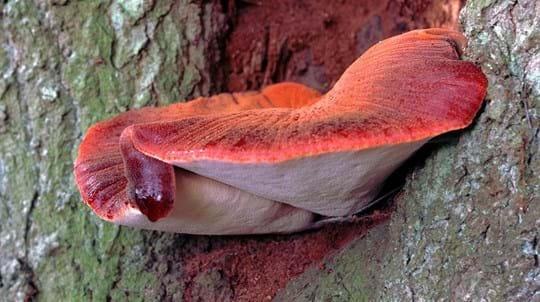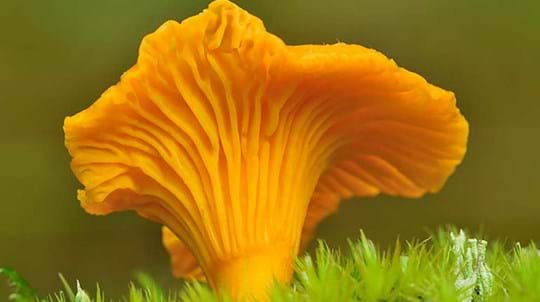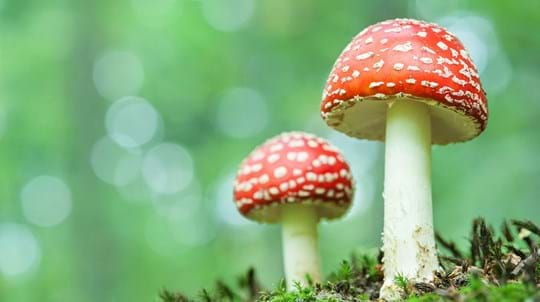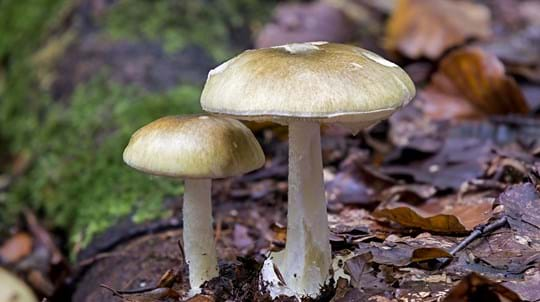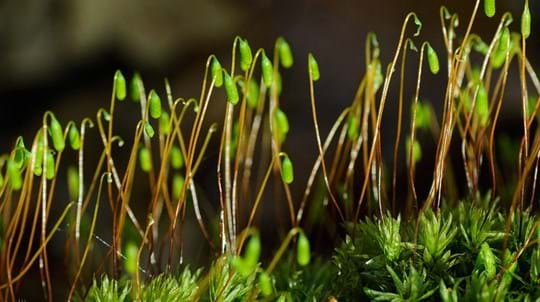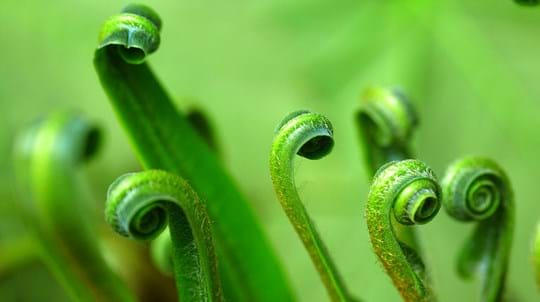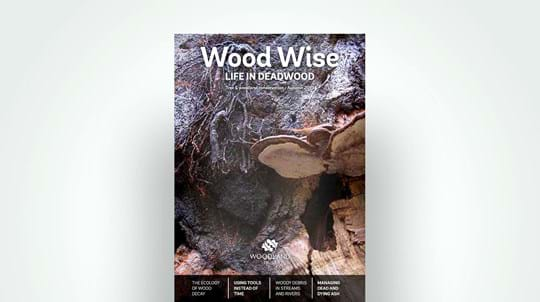
Credit: Arco Images Gmbh / Alamy Stock Photo
Where to find porcelain fungus
They are common and widespread in the UK and Ireland and throughout northern Europe where beech trees grow. They grow on tree trunks and fallen branches of dead beech trees, or on dead branches on living beech trees, often high up, in large tufts.





